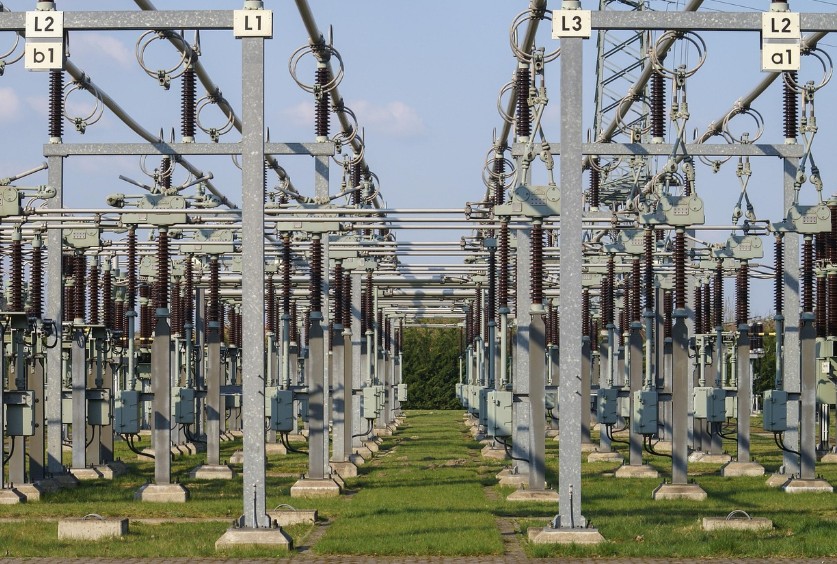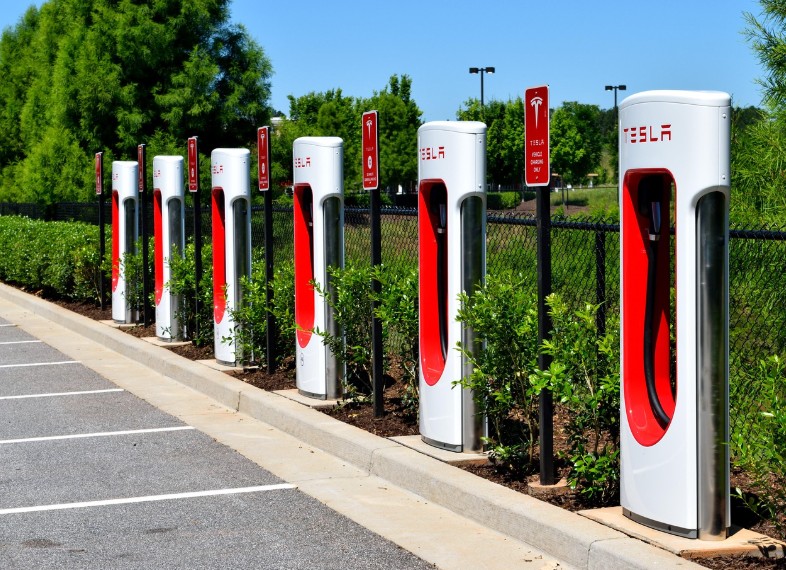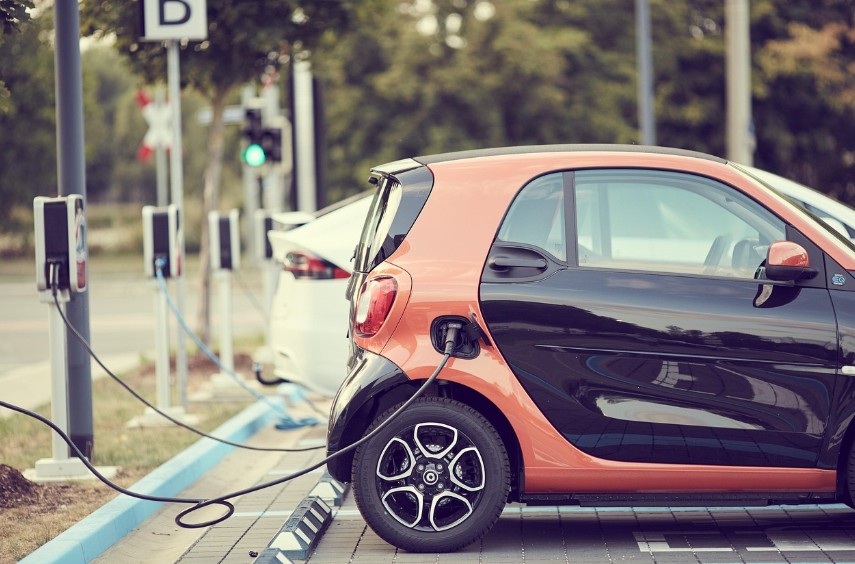The Rise of the Electric Vehicle Charging Hub
As electric vehicles (EVs) continue to gain traction, the importance of robust charging networks has never been greater. The concept of the electric vehicle charging hub is fast becoming a vital element in the transition to sustainable transport. But developing these hubs requires careful planning, especially when it comes to upgrading and integrating electrical infrastructure.
This post explores how these hubs are revolutionising EV charging, the role of electrical infrastructure, and what investors and stakeholders should consider.
What is an Electric Vehicle Charging Hub?
An electric vehicle charging hub is essentially a dedicated location fitted with multiple charging points. Unlike single standalone chargers, these hubs cater to a higher volume of EV users, often providing rapid charging options. They can be positioned strategically at motorway service areas or retail parks to maximise convenience. The aim of these hubs is to offer a seamless charging experience while meeting the growing demand for EV-friendly facilities. With such hubs, drivers can access reliable charging, reducing concerns about range anxiety.
The Role of Electrical Infrastructure
Developing effective charging hubs is not as simple as installing a few charging stations. Robust electrical infrastructure is critical to support the increased energy demand associated with charging multiple vehicles simultaneously. This includes:

- Grid capacity upgrades: Ensuring the local electricity network can handle large-scale power distribution.
- Transformer installation: Deploying high-capacity transformers to regulate the energy supply.
- Smart grid integration: Leveraging technology for energy efficiency and load management.
Proper electrical infrastructure ensures that charging hubs are not only efficient but also scalable, capable of meeting future EV demand.
Benefits of Electric Vehicle Charging Hubs
1. Improved Convenience
A well-designed hub caters to multiple users at once, reducing wait times for
charging. Fast and ultra-rapid chargers can further enhance convenience by significantly cutting the time required to charge a vehicle.
2. Future-Proofing Urban Expansions
With governments across the UK aiming to ban the sale of new petrol and diesel cars by 2030, demand for EVs is expected to soar. Hubs serve as a critical tool for preparing cities and towns for this shift, ensuring charging infrastructure keeps pace.
3. Enhanced Sustainability
Charging hubs built with renewable energy integration – such as solar panels or wind turbines – reduce reliance on fossil fuels. Additionally, energy storage systems can minimise peak demand strain on electrical infrastructure.
4. Economic Growth
Beyond sustainability, these hubs create investment opportunities. From job creation during construction to potential charging revenues, hubs can deliver long-term value to investors and communities alike.
Challenges in Building Charging Hubs
1. Balancing Energy Demands
One key challenge is managing the sharp increase in electricity usage. Grid upgrades need to align with increased demand to avoid power outages or disruptions. Leveraging intelligent load management systems can help balance energy requirements.
2. Site Selection
Choosing suitable locations for these hubs is equally important. Accessibility for EV drivers, proximity to road networks, and available electrical infrastructure must all be taken into account.

3. Upfront Costs
Developing a fully operational hub involves significant capital investment. From acquiring land to installing advanced charging units and upgrading grid connections, initial costs can be substantial. However, government grants and incentives in the UK can offset a portion of these costs, encouraging private investment.
What Does the Future Look Like?
The future of electric vehicle charging hubs is bright. Innovations like wireless charging and automated vehicle-to-grid (V2G) systems could redefine how EVs interact with electrical infrastructure. Additionally, as battery technologies improve, we might see reduced charging times alongside more compact hubs.
One exciting development is the rise of mobility hubs, which combine EV charging with other transport modes like bike-share schemes or public transport. These multi-purpose hubs could revolutionise urban travel by promoting sustainability and interconnected mobility.
What Should Investors Consider?
For investors eyeing opportunities in this growing sector, there are several factors to evaluate before committing capital:

- Regional Demand – Assess the local demand for EV charging and the adoption rate of electric vehicles in the area. Regions with higher EV numbers offer stronger potential.
- Available Infrastructure – Analyse existing electrical infrastructure to determine whether it needs updates or enhancements.
- Sustainability Integration – Projects with renewable energy components or efficient energy management systems may offer higher long-term returns.
- Government Incentives – Look into subsidies, grants, and tax benefits for EV infrastructure projects available within the UK.
- Strategic Partnerships – Collaborating with utility companies, transport providers, and EV manufacturers can streamline processes and reduce initial costs.
Closing Thoughts
Electric vehicle charging hubs are a vital piece of the puzzle as we transition to a lower-carbon future. With careful attention to electrical infrastructure, these hubs can provide reliable and efficient charging solutions that benefit drivers, businesses, and the planet alike.
For investors and stakeholders, the race to build and optimise these facilities represents a unique opportunity to shape the future of mobility while generating sustainable returns. Whether you’re planning to develop, fund, or merely advocate for EV hubs, understanding the interplay between technology, location, and infrastructure is key. The growth of EVs signals a shift in how we view transport, and charging hubs are destined to play a critical role in driving this transformation forward.







